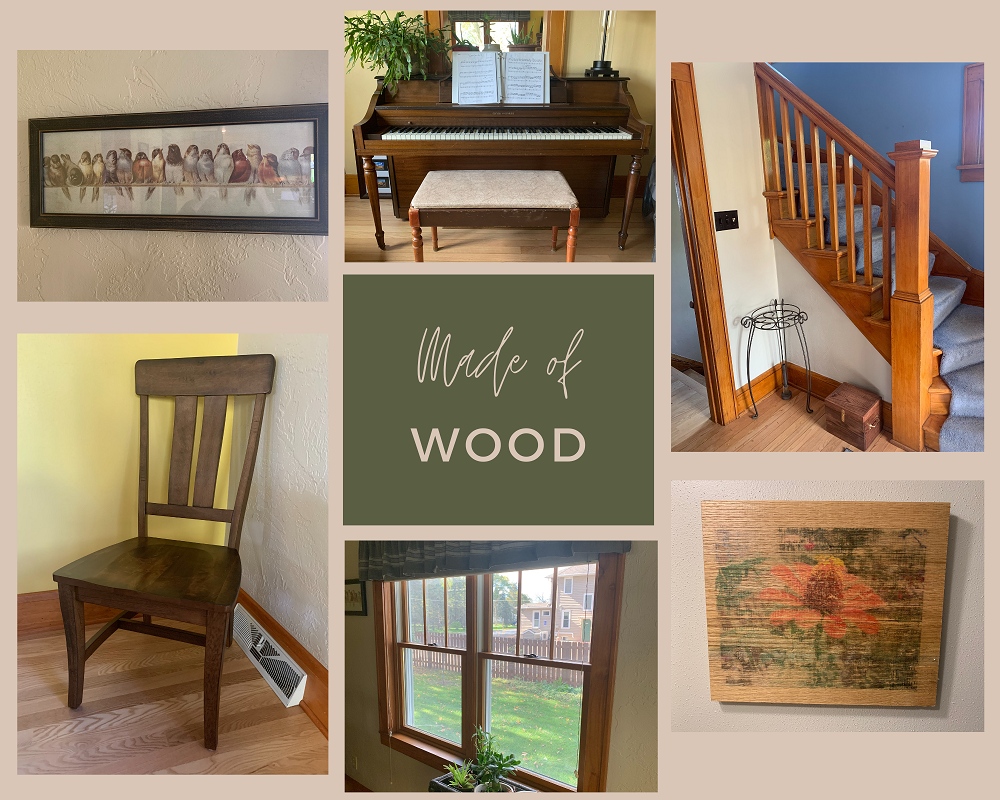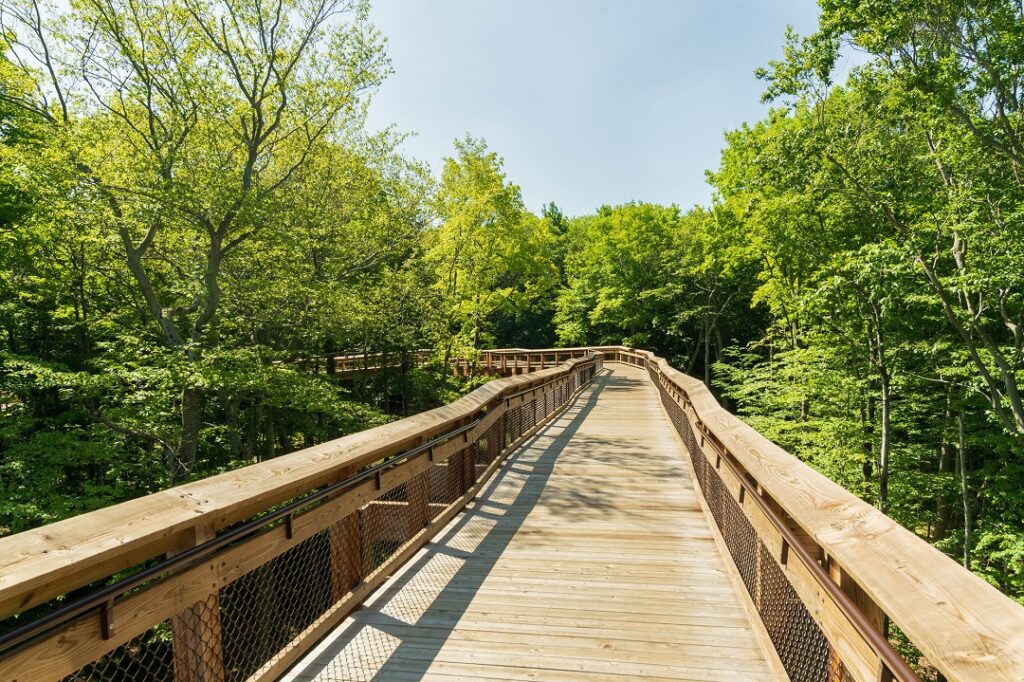Forest products markets play an important role across Wisconsin’s urban and rural economies and are strongly tied to healthy, well-managed forests. Division staff in the Forest Products Services (FPS) team support market growth by investigating new uses for Wisconsin wood, providing professional guidance on emerging products and technologies, gathering data on Wisconsin’s timber product output and being a bridge between Wisconsin producers and buyers (i.e. the marketplace).
A market segment experiencing notable growth is urban wood recycling. Historically, urban trees were used by only a few mills in the state. However, the increase of trees killed by invasive insects and disease caused many municipalities to seek alternative uses for urban wood rather than disposing material in a landfill. Recent efforts to market this growing source of material and develop ways to recycle urban trees within communities led Wisconsin to become one of the leading states in urban wood utilization. Throughout the state, markets continue to grow; at least 30 companies are producing products made from urban wood.
Continue reading “Forest Markets – Connecting Forest Management, Products And The Economy”

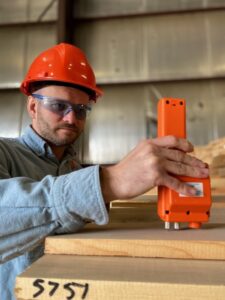
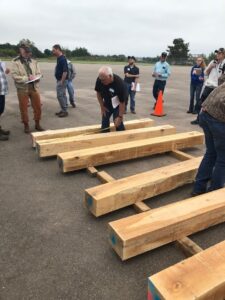
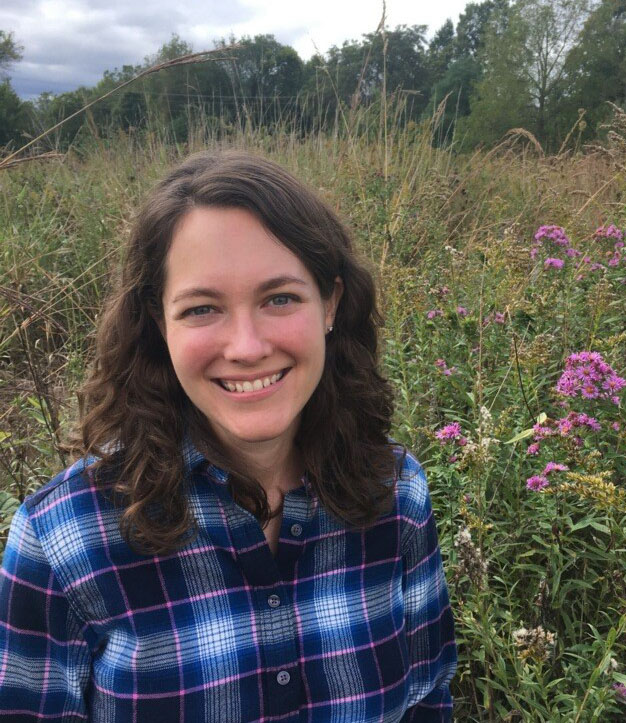 I am very pleased to announce that Patricia Lindquist has accepted the North Central Regional Urban Forestry Coordinator position. Patricia’s first day was Nov. 8, and she is based in Wausau. She is very excited to be continuing her career at the DNR and taking on new challenges.
I am very pleased to announce that Patricia Lindquist has accepted the North Central Regional Urban Forestry Coordinator position. Patricia’s first day was Nov. 8, and she is based in Wausau. She is very excited to be continuing her career at the DNR and taking on new challenges.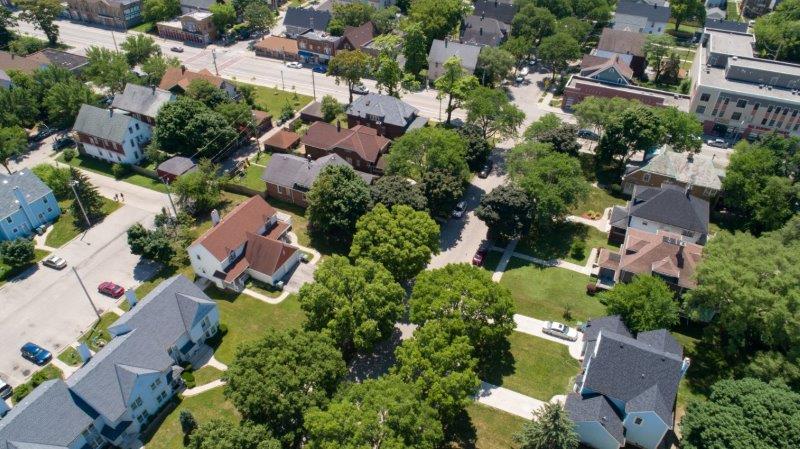 When I returned to my hometown neighborhood in northeast Ohio this past August, I was delighted to rekindle my friendship with so many trees that I have known most of my life. There are, of course, the Norway maples and crabapples and blue spruces found in maintained spaces throughout eastern America. One also finds a fair number of sugar maples and Ohio buckeyes. But despite apparently living in a democracy, red oak is king of my neighborhood.
When I returned to my hometown neighborhood in northeast Ohio this past August, I was delighted to rekindle my friendship with so many trees that I have known most of my life. There are, of course, the Norway maples and crabapples and blue spruces found in maintained spaces throughout eastern America. One also finds a fair number of sugar maples and Ohio buckeyes. But despite apparently living in a democracy, red oak is king of my neighborhood.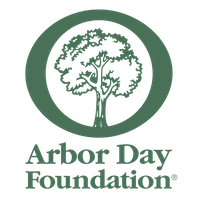 For years, the economic contribution of urban forestry has been lumped together with broader green industry numbers. Several years ago, the Wisconsin DNR took the lead in a Landscape Scale Restoration Grant-funded project for the Northeast-Midwest region looking at the contributions of urban forestry. Regional and state-level reports will be available in Spring 2022.
For years, the economic contribution of urban forestry has been lumped together with broader green industry numbers. Several years ago, the Wisconsin DNR took the lead in a Landscape Scale Restoration Grant-funded project for the Northeast-Midwest region looking at the contributions of urban forestry. Regional and state-level reports will be available in Spring 2022.  The Arbor Day Foundation publishes more than 100 Tree City USA Bulletins on a wide range of topics. They’re now available to download for FREE!
The Arbor Day Foundation publishes more than 100 Tree City USA Bulletins on a wide range of topics. They’re now available to download for FREE!